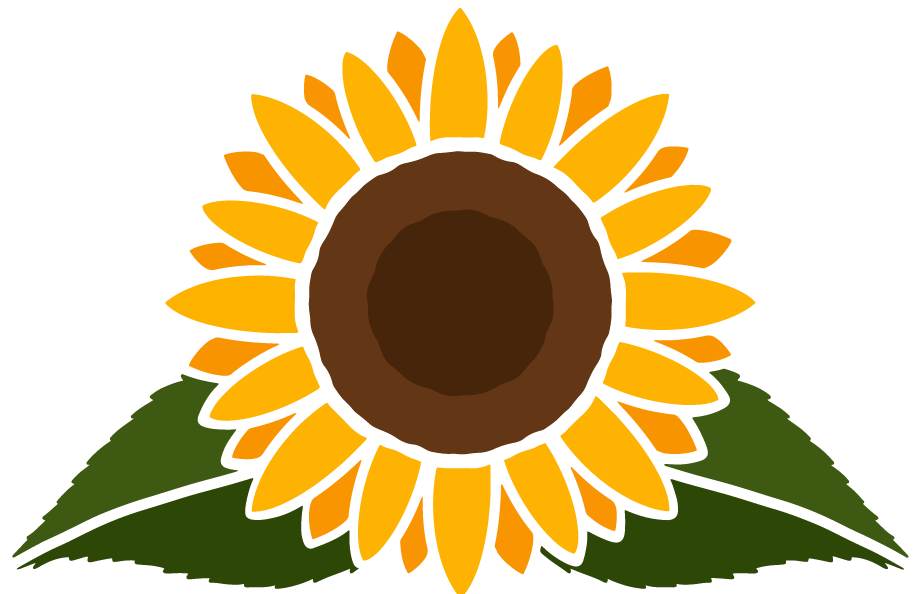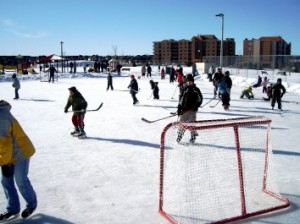Since my last update in September 2012, a significant amount of work was done to update the City’s Emerald Ash Borer (EAB) strategy. I am pleased to provide an outline of EAB programming that we can expect in 2013.
I would also like to invite you to attend the upcoming Emerald Ash Borer Public Open House. You can learn more about the impacts on our community, what the City is doing to address this situation and what we can do to help mitigate the impact that this pest is having on our Ash trees.
Date : June 4, 2013
Time : 4:30 to 9:00 PM; staff presentation @ 7PM followed by Q & A session
Location : Jim Durrell Recreation Centre, Ellwood Hall (1265 Walkley Road)
Tree Planting and Community Outreach
In 2012, 3,967 new trees were planted along streets and in City parks where a large percentage of Ash trees are present. Last fall, in response to community suggestions and with City Council’s unanimous approval of $1 million in additional funding for the EAB Strategy, the City increased the size of newly interplanted trees from 25mm to 50mm. The planting program minimizes impact on forest cover and was well-received by our community.
In 2013, Forestry Services will plant a total of 5,700 new trees across the city, either as replacement trees or proactively in advance of tree removal, on City streets and in parks. Residents in affected areas will be notified prior to tree planting this spring and fall.
Recognizing that EAB has spread across the city, Forestry Services is planning for the anticipated loss of Ash trees in rural Ottawa. In consultation with Councillors in Cumberland Ward, Osgoode Ward, Rideau-Goulbourn Ward and West Carleton-March Ward, the City will plant a total of 1,500 new trees this year as part of the rural tree planting plan.
Tree Injection
At the end of 2012, 2,309 Ash trees were injected with the pesticide TreeAzin to protect against EAB. Since the Ash injection program began in 2009, Forestry Services has injected new trees every year. In 2013, staff is continuing to identify and assess new Ash trees. Ash tree injection will take place between May and August.
There are areas of the city where Ash tree injection is not possible due to the level of insect infestation. These are often neighbourhoods that were targeted for tree removal operations. Areas with a large number of heavily infested trees are less likely to have trees in suitable condition for injection and staff will explain this to residents as new trees are assessed.
For trees that were injected to date, Forestry Services will continue to monitor the health and condition of these trees.
In addition, Forestry Services continues to work with researchers on investigating other products approved for use against EAB. Starting in 2012, Ottawa became one of two cities in Ontario to test a new form of injection for use against EAB. Used previously in the United States and recently approved by Health Canada, Confidor is being used in Ottawa on a small number of trees as part of a partnership with industry researchers. Staff will monitor the effects of Confidor to determine whether it should be added to the City’s EAB Strategy.
Trapping, Mapping and New Finds
Since the discovery of the EAB in 2008, Forestry Services has worked closely with key researchers to implement an EAB monitoring program to estimate the level of EAB activity in communities and to track spread and hotspots. The monitoring program includes the use of insect trapping, field observations and aerial flights to track changes in Ash trees and movement in insect populations.
In 2012, 56 traps were installed across the city to collect monthly data on insect population and movement. EAB monitoring will continue in 2013 with a focus on rural areas of Ottawa where EAB was discovered in low levels last year. In addition, Forestry Services continues to work with key researchers to develop EAB monitoring tools.
Forestry Services is also working with invasive species experts, from the University of Toronto and the Canadian Forest Service, to advance research on biological controls for EAB through the use of native and non-native species that act as predators.
Tree Inventory Gathering
As a result of updated tree inventory data, Forestry Services has a clearer sense of the overall Ash tree population across the city. Staff will complete the street tree inventory and then begin gathering information in parks and natural areas.
Each neighbourhood across the city presents unique challenges in addressing EAB. Forestry Services will continue to focus efforts on streets, parks and neighbourhoods with a higher percentage of Ash trees where the impact from EAB is more significant. As additional field data is collected, this will allow for more informed neighbourhood planning with respect to EAB.
Tree Removal
Ash tree removal continued throughout the fall of 2012 and the winter 2013 with impacts to many streets and parks. In 2012, 2,604 Ash trees were removed from streets and parks. Staff continue to remove trees in heavily infested neighbourhoods. Ash trees are removed once they decline drastically in health or present a risk to public safety.
Forestry Services will continue to schedule the majority of tree removal and wood movement during the winter months when the insects are not active. However, some Ash tree removals are scheduled in the summer of 2013 to ensure that tree removal on high-volume roads coincides with the lowest traffic levels, other scheduled work by other Departments and at times when the only access is during the summer months.
In addition, Ash tree removals may be scheduled proactively to reduce potential risks to public safety and the workers carrying out the tree removal work. In these cases, staff have examined the trees to determine the risk and reviewed the possible options to ensure that the risk of movement of the insect is minimized or non-existent. Typically, these trees are dead and have no leaves for the beetles to feed on or larvae under the bark that will emerge once transported. These practices were derived from experiences in Ottawa, as well as work done in other jurisdictions that are also dealing with EAB.
Wood Handling and Disposal
As a result of the wood handling process put in place in the fall 2012, wood handling and disposal processes are now in place to reduce costs and to ensure timely processing into useable wood products.
Woodlot Rehabilitation Plan
Without intervention, woodlots with a large number of Ash trees can become a risk to public safety. The focus of the Woodlot Rehabilitation Plan (“Plan”) is to maintain all non-Ash species and to plant a diverse selection of native tree species.
In early 2013, Forestry Services initiated the Plan in Queensway Park and Maxime Park where Ash trees had significantly declined. In the spring, the City will plant a total of 2,500 trees to start the rehabilitation process in these woodlots. The Plan will continue across City-owned woodlot areas as Ash trees decline.
For any park, woodlot or full street tree removal operations Forestry Services will continue to notify affected residents and City Councillors in advance of any work taking place.
Rest assured that I will continue to work with staff to aggressively address this issue.


